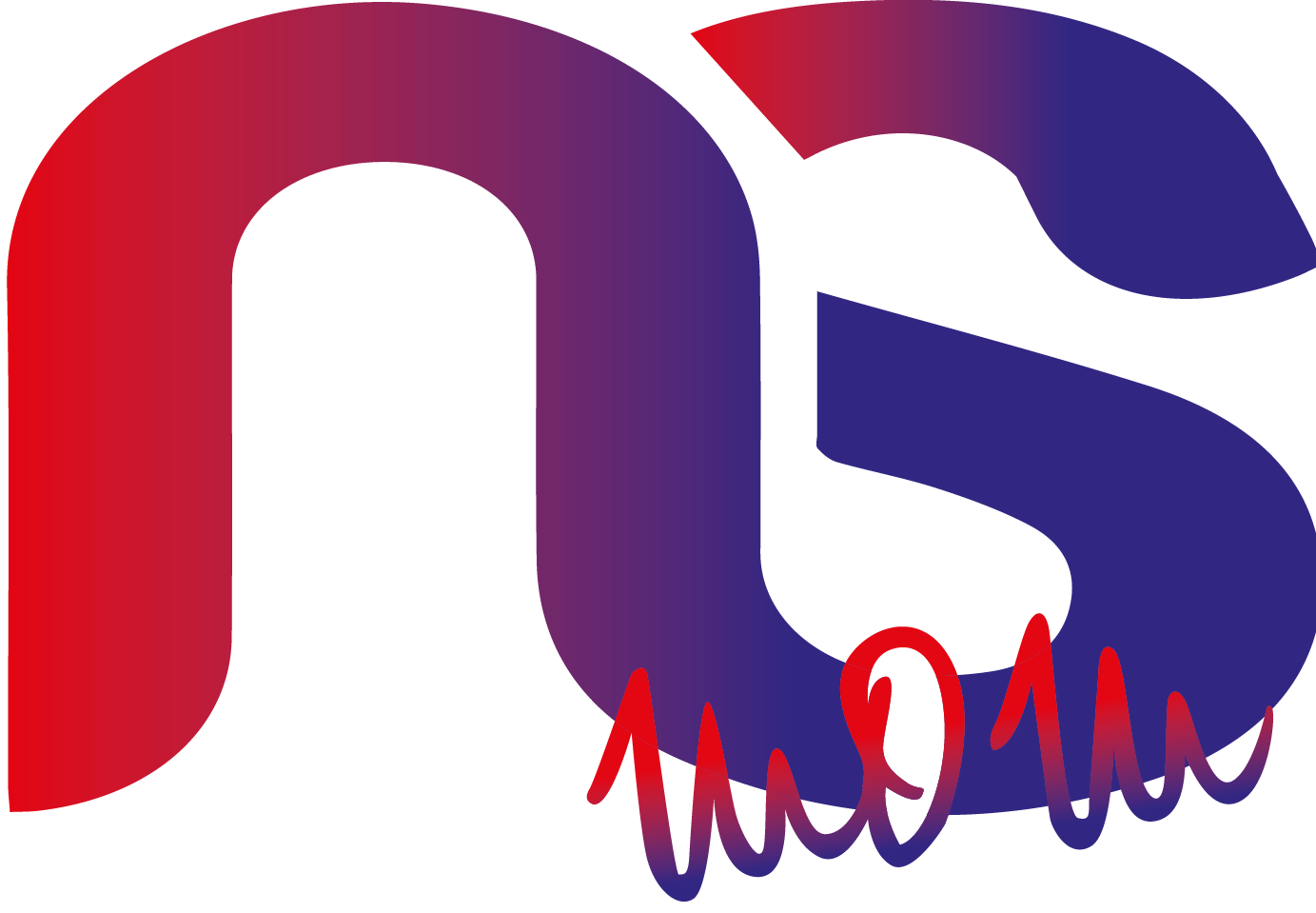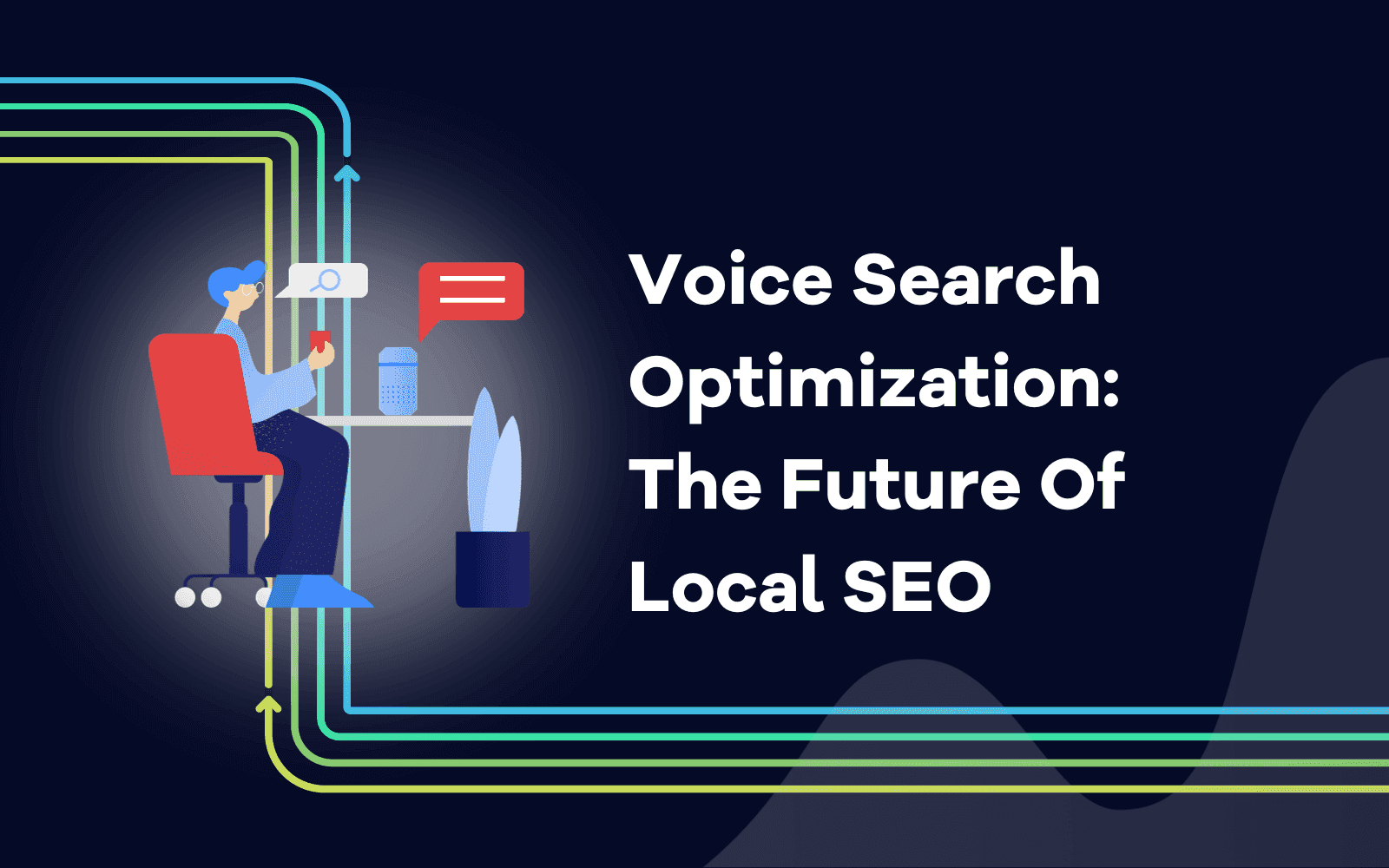
The Role of Logo Design in Building a Strong Brand Identity
Logo design is a fundamental aspect of building a strong brand identity. This guide explores how effective visual branding through a well-designed logo can enhance your brand’s presence and credibility. We will also discuss logo optimization strategies to ensure your logo performs well across various platforms.
Introduction
A compelling logo design is crucial for creating a memorable and cohesive brand identity. As the visual cornerstone of your brand, a logo encapsulates your brand’s values, personality, and promise. This article delves into the importance of logos in visual branding and offers practical tips for logo optimization.
Why Logo Design is Crucial for Brand Identity
1. First Impressions Matter
Your logo is often the first interaction potential customers have with your brand. A well-designed logo creates a positive first impression, conveying professionalism and trustworthiness.
2. Brand Recognition
A unique and memorable logo helps customers easily recognize your brand among competitors. Consistent use of your logo across all marketing materials reinforces brand recognition.
3. Emotional Connection
A logo can evoke emotions and build a connection with your audience. The right design elements can communicate your brand’s values and resonate with your target market.
Key Elements of Effective Logo Design
1. Simplicity
A simple logo is versatile and easily recognizable. Avoid overly complex designs that can be difficult to reproduce and remember.
Action:
- Opt for clean lines and minimalistic designs.
- Ensure your logo looks good at all sizes, from business cards to billboards.
2. Relevance
Your logo should reflect your brand’s industry, values, and target audience. Use symbols, colors, and fonts that are appropriate for your business.
Action:
- Research industry trends and competitor logos.
- Choose design elements that align with your brand’s message.
3. Versatility
A versatile logo works across different mediums and applications, from digital screens to print materials. It should also be effective in both color and black-and-white formats.
Action:
- Design multiple versions of your logo, including horizontal, vertical, and icon-only variants.
- Test your logo in various contexts to ensure it remains effective.
4. Timelessness
Aim for a timeless logo that won’t look outdated in a few years. Avoid following design trends too closely, as they can quickly become obsolete.
Action:
- Focus on classic design principles rather than trendy elements.
- Create a logo that will remain relevant as your brand evolves.
Strategies for Logo Optimization
1. Scalable Vector Graphics (SVG)
Using SVG format ensures your logo maintains high quality at any size. SVG files are resolution-independent, making them ideal for both web and print.
Action:
- Create your logo in vector format using design software like Adobe Illustrator.
- Export your logo in SVG format for web use.
2. Responsive Logo Design
Design a responsive logo that adapts to different screen sizes and orientations. This ensures your logo remains effective on various devices and platforms.
Action:
- Develop simplified versions of your logo for smaller screens.
- Ensure all versions of your logo are recognizable and maintain brand integrity.
3. Color Optimization
Choose a color palette that enhances your brand identity and is versatile across different backgrounds and mediums. Consider how your logo will appear in monochrome or on dark and light backgrounds.
Action:
- Select a primary color palette that aligns with your brand’s personality.
- Test your logo in different color variations to ensure readability and visual appeal.
4. File Optimization
Optimize your logo files for web use to improve loading times and performance. This involves compressing file sizes without sacrificing quality.
Action:
- Use tools like TinyPNG or ImageOptim to compress PNG and JPEG files.
- Ensure your logo files are optimized for both web and mobile applications.
Integrating Your Logo into Brand Identity
1. Consistent Usage
Use your logo consistently across all branding materials, including your website, social media profiles, business cards, and advertisements. Consistency reinforces brand recognition and trust.
Action:
- Create brand guidelines that specify how your logo should be used.
- Ensure all team members and partners follow these guidelines.
2. Complementary Design Elements
Your logo should work harmoniously with other design elements, such as typography, imagery, and color schemes, to create a cohesive brand identity.
Action:
- Develop a visual style guide that includes typography, color schemes, and design elements.
- Ensure all branding materials are visually aligned with your logo.
Measuring the Effectiveness of Your Logo Design
1. Brand Recognition Surveys
Conduct surveys to measure how well your target audience recognizes and recalls your logo. This can provide insights into the effectiveness of your logo design.
Action:
- Use online survey tools to gather feedback from your audience.
- Analyze survey results to identify areas for improvement.
2. Website Analytics
Monitor metrics such as time on site, bounce rate, and conversion rates to understand how your logo impacts user behavior on your website.
Action:
- Use Google Analytics to track user engagement on your website.
- Make adjustments to your logo placement and design based on performance data.
Conclusion
Logo design is a critical component of building a strong brand identity. A well-designed logo enhances visual branding, increases brand recognition, and creates an emotional connection with your audience. By optimizing your logo for various platforms and ensuring consistent usage, you can significantly boost your brand’s presence and credibility.
Get In Touch

